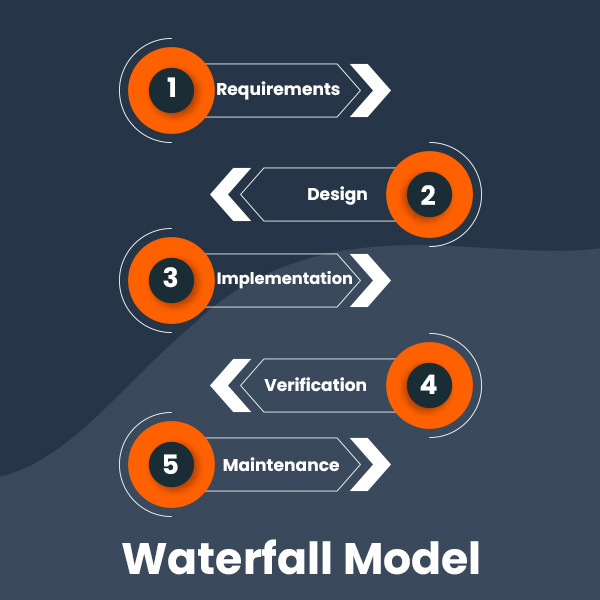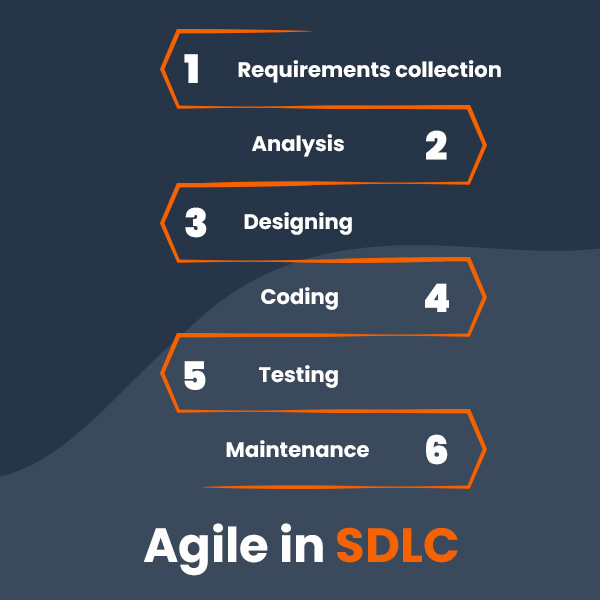Blog
The software development life cycle begins with the ideation process, where a concept is developed, and the requirements are listed down. Once complete, the designing phase starts where the workflows are orchestrated, layouts and UI are designed, and more. After this, the main work starts- which is the development.
Development can be done through hardcore programming via Java, C++, Python, R, and more. Unit testing is also done by the developers only where they check the developed functionality in their local developed environment. After this, the codes are locally deployed to the testing environment, SIT, or UAT environments.
When all the codes are fixed, they are locked in the repositories like Github. Incremental class files are given for that particular portion of the codes if any further change is needed. When these are deployed to the production environment, only then the end-users will be able to use the software and its functionalities.
There are two processes through which the SDLC is carried out— Waterfall and Agile method.
Waterfall Process of SDLC
The waterfall is a linear process where each step precedes the other. Here, the flow of control shifts vertically only. For example, once the dev team is done with the entire software development and has completed the unit testing, the codes will be released for testing. Therefore, until and unless the previous step is completed, the flow won’t shift to the next level.
Pitfalls of the Waterfall Model:
- The software prototype isn’t available until the last stage of SDLC is completed.
- It wasn’t proving to be effective for the long projects
- If the business requirements are changed somehow, it becomes troublesome to incorporate the modifications and check their impacts.
- Whenever integrations are done, there is no time left for understanding the market challenges.
Agile Process of SDLC
To minimize the redundancies of the waterfall process, a new approach was adopted, known as the agile method. It is a versatile approach under which the entire project requirement is gathered first. It is then divided into sprints, also known as blocks. All the requirements are formed as stories, where each story represents a particular functionality.
Developers and testers evaluate the entire software development process based on the sprints. This way, they get the leverage to modify the codes based on any change asked by the client. Also, development and testing are done side by side so that the defects can be fixed at an early stage before the codes are released into the production environment.
Pitfalls of the Agile Model:
- As the development and testing processes need to be done multiple times until the correct results are achieved, it leads to repeated work.
- No proper documentation is done regarding the progress of the software development life cycle, which further introduces discrepancies.
DevOps- a New and More Efficient Solutions
DevOps integrate the development and operational team, ensuring that all skilled professionals involved in the software development life cycle can work simultaneously.
Below are how DevOps can accelerate the software development lifecycle and fill in the gaps left by both waterfall and agile methods.
- The development is continuous, thanks to the automation of repetitive tasks. Individuals who are skilled in both testing and development handle this phase. Therefore, the code doesn’t jump from the dev team to the testing team.
- The development is continuous, thanks to the automation of repetitive tasks. Individuals who are skilled in both testing and development handle this phase. Therefore, the code doesn’t jump from the dev team to the testing team.
- All the developed codes are integrated with the repository as soon as they are done with the testing. This way, the developers get feedback from the clients, and it becomes easier to solve the issues and fix the bugs.
- As monitoring is continuous, it becomes much easier to check the progress of the software development life cycle.














